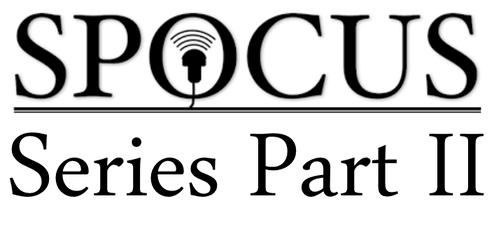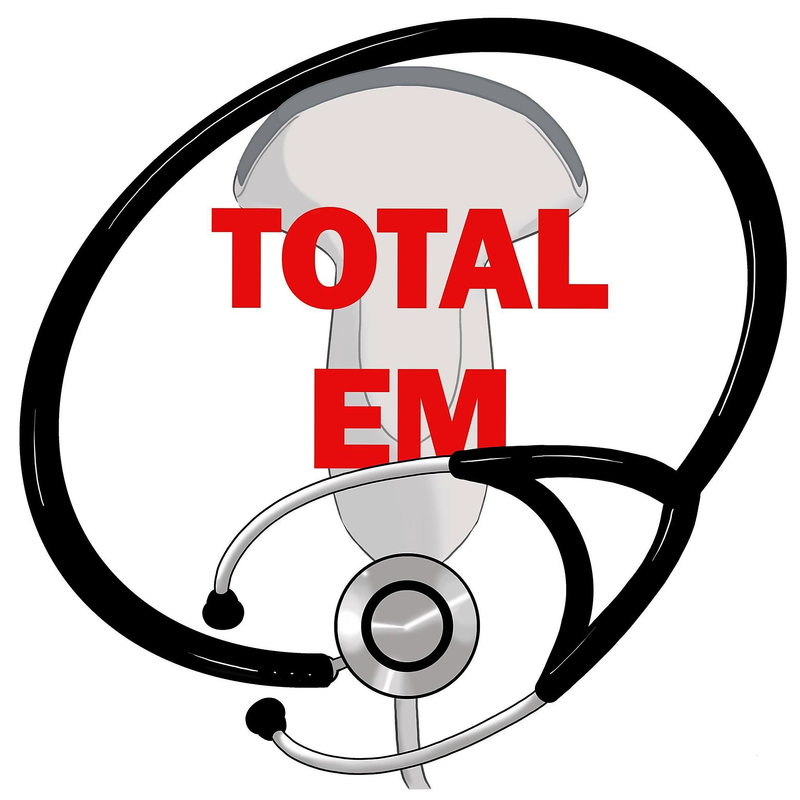|
It is time for the second part of our collaborative series with the Society of Point of Care Ultrasound (SPOCUS) and Practical POCUS. We are again joined by our guests Janelle Bludorn and Laura Blesse-Hampton. This time we discuss how to integrate ultrasound into an educational program.
If you missed Part I, no fear! Check out Podcast #129. As a recap, in our last post we talked about the many benefits of ultrasound and its inevitably to become a standard of care and requirement for training. In this portion, we explain integration into your program. Just as we mentioned last time, this is something that any type of program can get beneficial information.
Get the full details of our discussion by listening to the podcast, but here are some of the highlights:
Let us know what you think by giving us feedback here in the comments section or contacting us on Twitter or Facebook. Remember to look us up on Libsyn and on iTunes. If you have any questions you can also comment below, email at [email protected], or send a message from the page. We hope to talk to everyone again soon. Until then, continue to provide total care everywhere.
0 Comments
Leave a Reply. |
Libsyn and iTunesWe are now on Libsyn and iTunes for your listening pleasure! Archives
August 2022
Categories |
||||||


 RSS Feed
RSS Feed